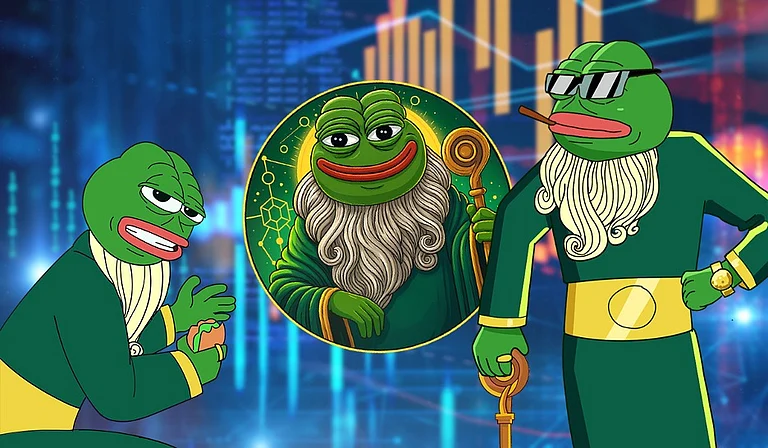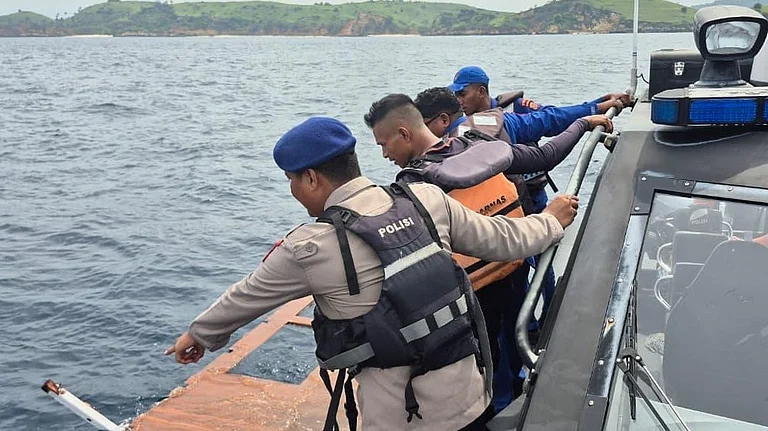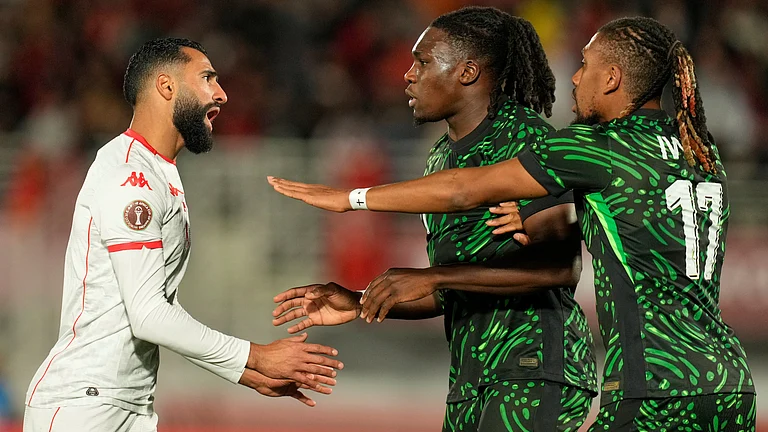The world did not end in 2012 as some internet doomsday predictions had forecast. But in India, at the start of the year, political certainties became fuzzier and the sense of an ending of UPA-II increased. Shaking up its edifice was the diminutive lady in a white sari from West Bengal, its chief minister Mamata Banerjee. Her contrarian positions on policy matters and refusal to support legislation pushed by the Centre, along with a deteriorating equation with the Congress in her state, could signal a political meltdown. It is now an open secret that UPA-II is fishing for new allies, failing which, bets are on the government collapsing unless Mamata suddenly softens her stand.
The signs, however, are to the contrary, as Didi applies her own brand of didigiri. Over the years, she has acquired the reputation of being temperamental and rash, but now there appears to be a clear method to the madness. She is no Lady Gaga but quite the Lady Dada, who could be the catalyst for political change. But the question is, why is Mamata acting up now?

For Mrs G Youth Congress leaders protest the renaming of Indira Bhavan. (Photograph by Sandipan Chatterjee)
The West Bengal CM is primarily charting a course as a strong regional leader and breaking free of whatever remains of her origins as a Congress politician. The decision to rename Indira Bhavan in Calcutta after the poet Nazrul Islam is not just an attempt to please her Muslim constituency, as has been suggested, but also to deny her own origins as a one-time follower of the Nehru-Gandhi dynasty. “Mamata Banerjee’s destiny,” says Trinamool MP Derek O’Brien, “is shaped by no one else but the people for whom she has fought and won a long and desperate battle from the tyranny of the Communists. Her long struggle on behalf of the underprivileged and the oppressed has been historic. People are her strength. They guide her actions.”
Mamata operates in a state where the concerns and grammar of politics have been determined by the Left. She must therefore speak up for the powers of the state and the idea of federalism. Hence her opposing the Lokpal bill in its current form. She must also appear to speak against the big multinational, hence her opposition to FDI in retail. With the Communists her big opponents, she must always articulate the concerns of the marginalised. She must continue to try and outdo the Left, in style if not in substance.
CPI(M) central committee member Mohammad Salim agrees that she tries to be left of the Left. “Because of Bengal’s orientation on social issues, the environment is Left-oriented. So some days, she supports the extreme Left and Maoists as a tactical move. She is also distancing herself from the mess of the Congress at the Centre and trying to pick up Bengali icons and create a cult of herself. But she believes only in symbolism, for beyond the pretence, she is cooperating with neo-liberal forces, doing away with government procurement in the rural sector, promoting the private sector in health and education.” Although Mamata defeated the Left Front less than a year ago, they are the opponents who must be countered.
It’s also good politics for her to demolish what remains of the state Congress and become the only anti-CPI(M) force in the state. During the assembly elections last year, the only Congress candidate she campaigned for was Pranab Mukherjee’s son, Abhijeet. Some months down the line, now that she has a majority on her own, there are daily squabbles with the state Congress, although they are part of the ruling establishment. According to Congress leaders, ever since her victory, there have been 61 cases of attacks on Congress offices.
Besides, the always fiercely-contested panchayat elections of West Bengal are due later this year. The Trinamool would certainly be looking to consolidate its hold in the countryside and the Congress would prove to be excess baggage. Says Shakeel Ahmed, cwc member in charge of West Bengal, “There is a perception that Mamata Banerjee wants to occupy the entire anti-Left space.”
Actually, Mamata is engaged in crushing the Congress not just in her state. She is taking the battle to other states as well. Over the last few years, the TMC has been giving tickets to Congress rebels in the northeast states. Now, the party intends to field candidates in all the assembly polls due later this month and in February. It could hand out its symbol to as many as 50 candidates in Uttar Pradesh, some of them Congress rebels. Asked if this was designed just to irritate the Congress, Derek O’Brien shot back: “The Trinamool is a political party, we are not an NGO. The Mamata magic that has endeared the Trinamool to Bengal can find a broader bandwidth outside the state. We have mlas in Arunachal and are keenly looking forward to fielding candidates in at least three states next month.”
Besides, there is the larger argument of Mamata really having no stake in the longevity of UPA-II. An early election would see her tally of MPs go up from the 19 who won in 2009 while two years down the line, in 2014, when general elections are due, the anti-incumbency against her would have increased. Although a majority of MPs want to avoid polls and complete their terms, there are three parties who stand poised to gain in the event of a mid-term election—the TMC, the AIADMK and the JD(U). Says political analyst Tarun Ganguly, “Mamata sees herself as a gainer and the Congress as a loser if early elections take place. She is also not unheard-of outside Bengal. The land agitation in UP is modelled after Nandigram and Singur, and Mamata would like to play that up during the UP polls.”
Mamata is even expected to travel to UP to campaign during the assembly polls. She has nothing to lose from building a national profile and a lot to gain. She certainly sees herself as a player in larger coalition building in the event of a non-Congress, non-BJP regime. And she would be mindful of the reality that the Left has traditionally played an important role in any third-front type formation. Mamata would like to occupy that space, hence the rhetoric and positioning consistent with a certain brand of politics that draws from both the regional sentiment and a symbolic identification with the dispossessed. Chandan Mitra, the BJP MP who had handled the West Bengal elections, says, “Mamata would now see herself as a big player on the national stage and she will put up candidates here and there. Her party will become a magnet for petulant Congressmen. But I do not believe the stories that suggest she has serious prime ministerial ambitions.”

Mamata Shadow The Teesta deal came undone on her protests
Either way, Didi spells trouble for the Congress-led UPA. Given the current numbers on which the Manmohan Singh regime survives, the government would fall in Parliament if the TMC does not support a finance bill. That is why the pension bill was withdrawn in the winter session last month. And the possibility of the TMC opposing the budget because it does not agree with the economics of Manmohan Singh cannot be ruled out. The chance of the TMC MPs opposing the proposed Food Security Bill on the grounds of states’ powers being encroached upon is very strong. And since another petrol price hike is believed to be imminent, one can well imagine the outrage and scorn Mamata would pour on New Delhi. This marriage could certainly be headed for a divorce. Asked if the TMC can give any guarantee that it would not allow UPA-II to fall, Derek O’Brien replied: “Our focus is to bring good governance in Bengal. Our MPs too have a single-minded vision: good deeds for the people. Everything and everyone else is secondary.” One can only extrapolate that the survival of a shaky regime in Delhi is not really a concern for Mamata’s party.
That is why the UPA’s Plan B is currently in operation. This sees the Samajwadi Party, with 22 MPs, joining the government (the joke in political circles is that Mulayam Singh will, like Mamata, insist on the railways portfolio). But this plan is built on the hypothetical situation of the BSP being defeated in UP, and the SP being in a position to form the government with the support of the Congress plus Ajit Singh’s Rashtriya Lok Dal (the two have struck a pre-poll alliance). What is helping the Congress live on hope is the buzz from UP that the party’s campaign is picking up steam and it is poised to do much better in the elections. So the possibility of this plan becoming a reality does indeed exist. Imagine the quid pro quo scenario that could emerge: the Congress desperately needing the SP in Delhi, and a role reversal in Lucknow. A perfect adjustment that some would call the height of blackmail politics. Meanwhile, there has even been speculation that the Left could bail out the Congress, but it seems highly improbable. CPI leader D. Raja told Outlook, “We only give support on policies, as we did in UPA-I. We are opposed to all the policies of the current regime. So it’s ridiculous to imagine that we would help them.”
Should the UPA actually collapse and a BJP-led regime come into existence, it cannot be forgotten that Mamata was once part of the NDA. She now has a huge Muslim vote to consider, so an overt arrangement is out of the question. But she can certainly do business with another type of government, particularly if it gives greater leeway to regional parties. So, right now she is sitting pretty. Heads she wins. Tails you lose.
By Saba Naqvi in New Delhi and Dola Mitra in Calcutta
























